18 Obscure facts about the U.S. Marine Corps only service members know
The United States Marine Corps, a branch of the United States Armed Forces, is renowned for its fierce dedication and versatility. Established in 1775, the Marine Corps has played a pivotal role in various military operations.
With a focus on rapid response, Marines are trained to adapt and excel in diverse environments. Known for their rigorous training and unwavering commitment, the Marines are often called upon for critical missions worldwide, showcasing their unique ability to respond swiftly to crises.
The Origins of the Marine Corps: A Historic Beginning

The Marine Corps traces its roots back to the American Revolutionary War, officially formed on November 10, 1775, in Philadelphia. The Continental Congress recognized the need for a specialized force capable of fighting at sea and on land.
The first Marines were recruited from Tun Tavern, a popular Philadelphia pub, marking the beginning of a long-standing tradition of excellence. This historic establishment has become an iconic part of Marine lore, symbolizing the Corps’ humble yet significant beginnings.
The Marine Corps Birthday: Celebrating November 10th
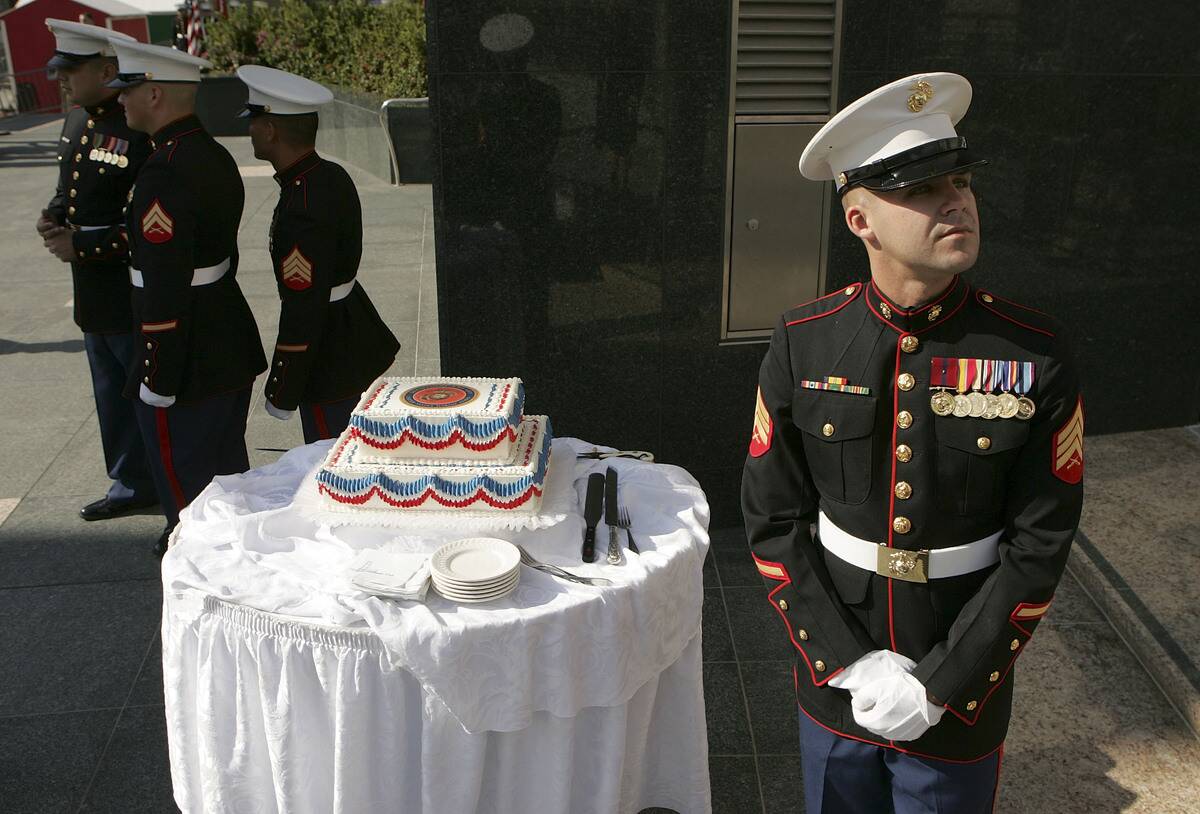
Every year, Marines around the world celebrate their birthday with great enthusiasm on November 10th. This day commemorates the founding of the Marine Corps in 1775, and it is marked by ceremonies, speeches, and the cutting of a traditional birthday cake.
The first piece of cake is often given to the guest of honor, but the second is passed from the oldest Marine present to the youngest, symbolizing the passing of experience and knowledge to the younger generation. This cherished tradition fosters camaraderie and honors the legacy of those who have served.
Semper Fidelis: The Meaning Behind the Motto
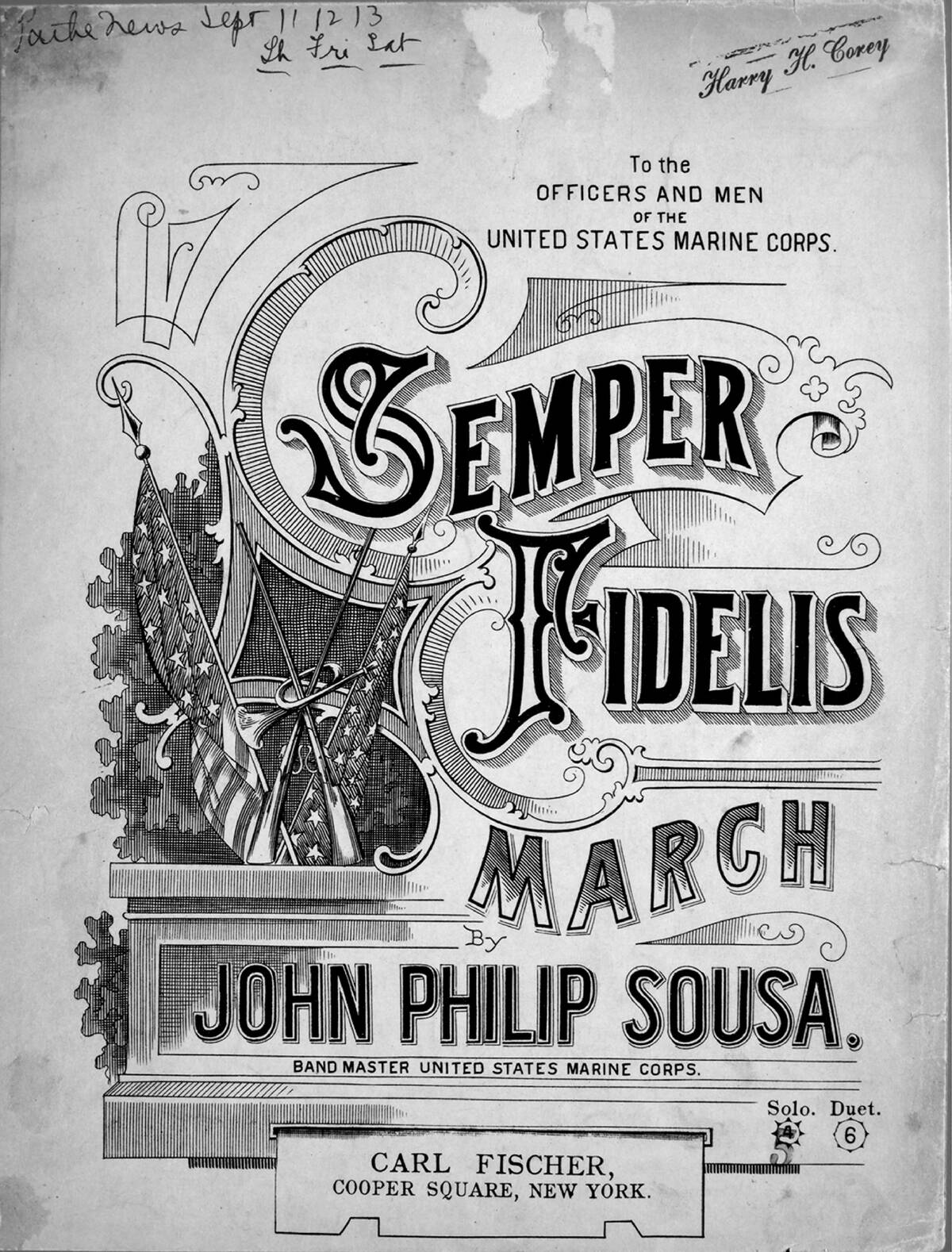
Semper Fidelis, often abbreviated as Semper Fi, is more than just a motto for the Marine Corps; it’s a way of life. Latin for “Always Faithful,” it encapsulates the Marines’ commitment to their country, their Corps, and each other.
Adopted in 1883, this motto signifies the enduring loyalty and dedication that Marines hold dear. It serves as a constant reminder of their obligation to remain steadfast and true in the face of adversity, both in and out of service.
The Iconic Dress Blues: A Uniform of Pride
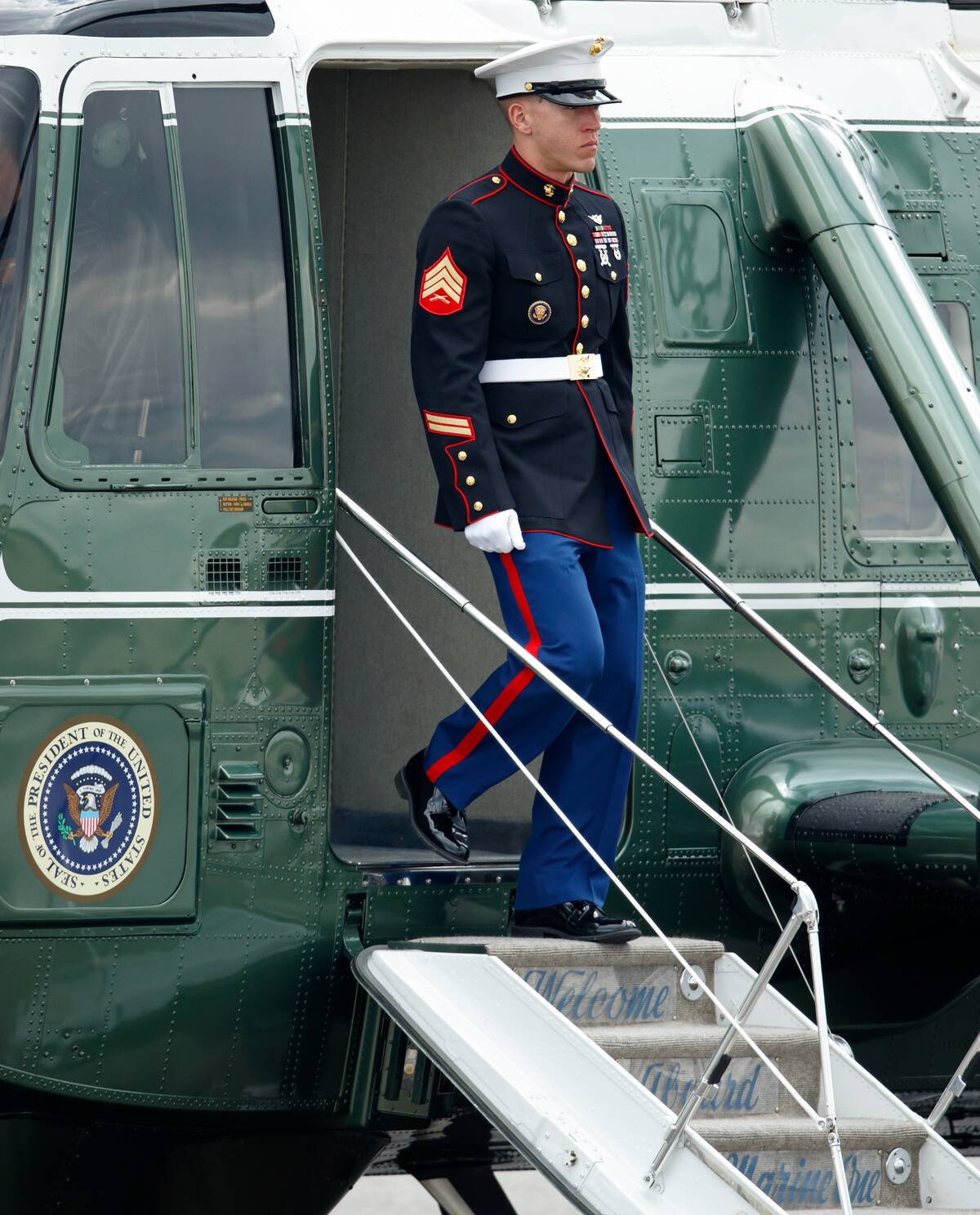
The Marine Corps Dress Blues are instantly recognizable and symbolize honor and tradition. This distinct uniform, with its deep blue coat and red trim, has historical significance dating back to the 19th century.
Worn on formal occasions, the Dress Blues reflect the Corps’ storied past and the pride of being a Marine. The uniform also includes a white belt and gloves, adding to its striking appearance. Marines take great pride in wearing the Dress Blues, which represent a legacy of valor and discipline.
The Few, The Proud: Understanding Marine Corps Recruitment
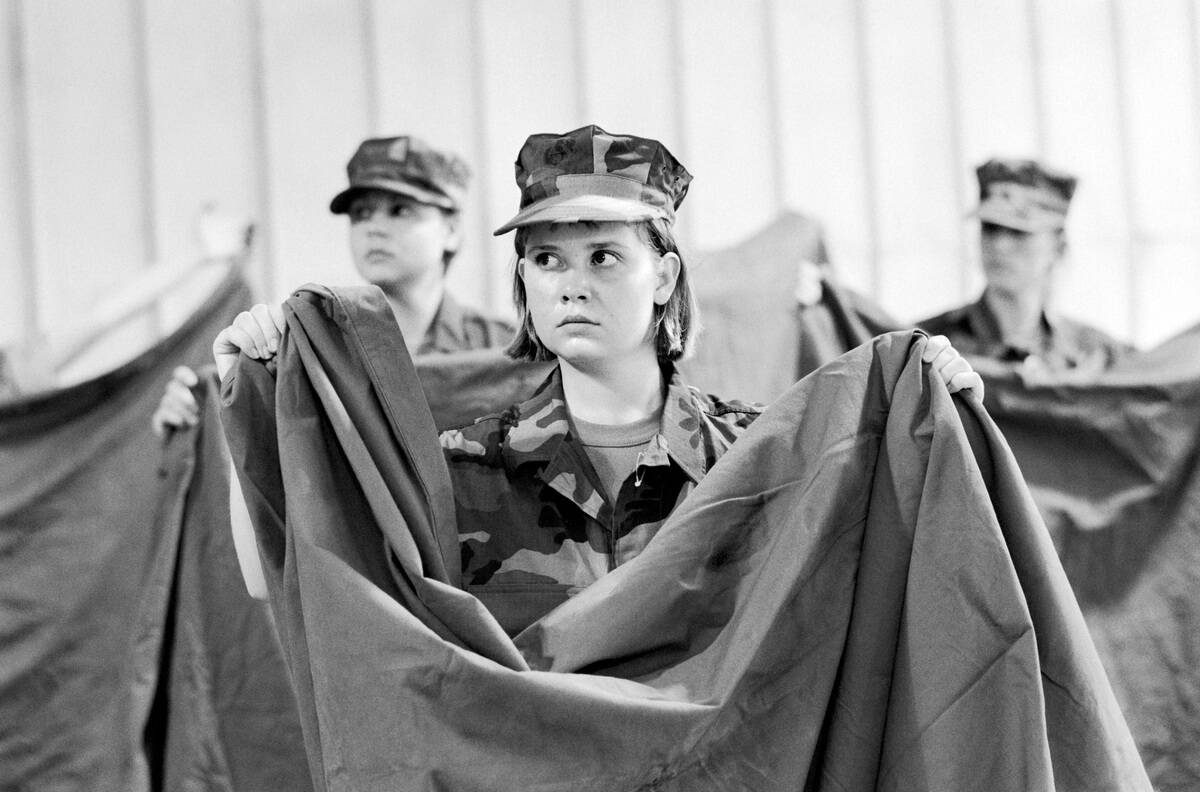
The Marine Corps is known for its selective recruitment process, emphasizing quality over quantity. Prospective Marines undergo rigorous screening to ensure they meet the high standards of the Corps. The slogan “The Few, The Proud” highlights the exclusivity and pride associated with becoming a Marine.
Recruiters look for individuals who exhibit leadership potential, determination, and a strong sense of duty. This careful selection process ensures that only the most qualified candidates join the ranks, maintaining the Corps’ elite status.
The Marine Corps Hymn: Singing Tradition and Honor
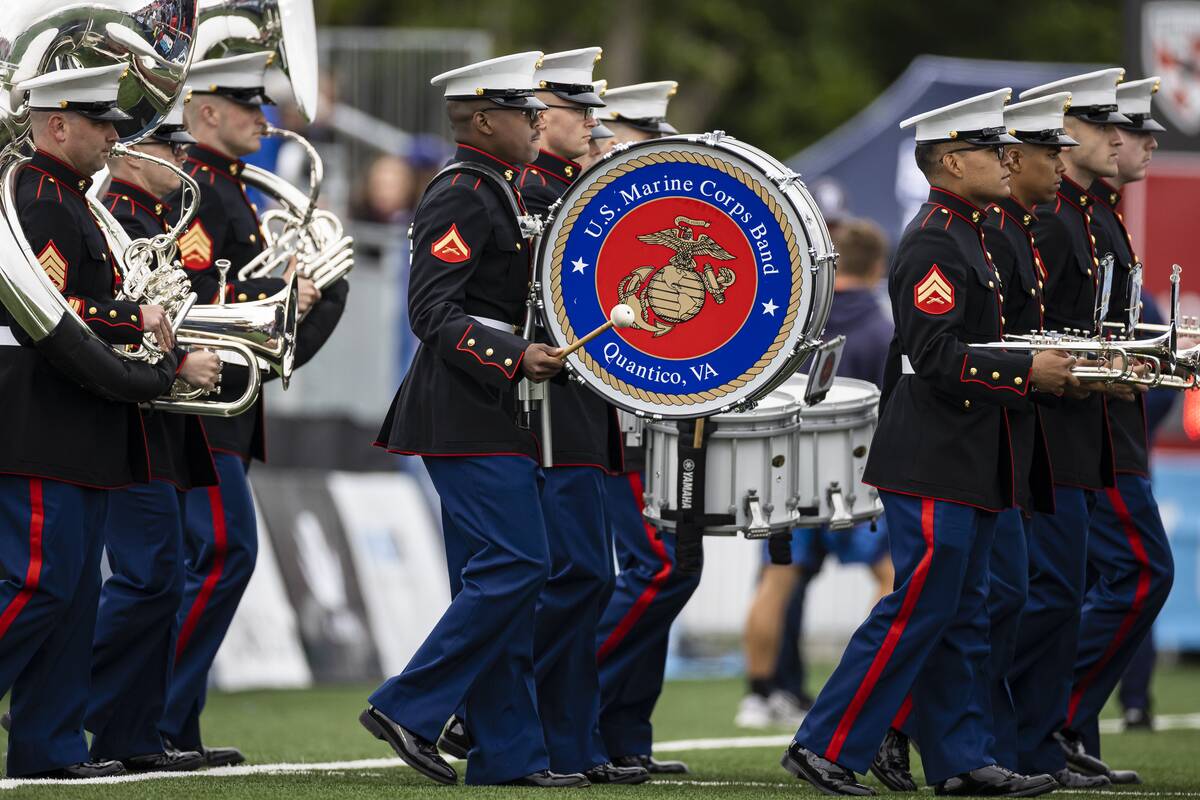
The Marine Corps Hymn is the oldest official song of the U.S. Armed Forces. Its origins trace back to the mid-19th century, with lyrics that highlight the Corps’ storied past and its role in safeguarding freedom. The hymn’s opening line, “From the halls of Montezuma to the shores of Tripoli,” references historic battles that underscore the Marines’ global reach. Sung with pride at ceremonies and events, the hymn fosters a sense of unity and honors the brave men and women who serve.
Marine Corps Air-Ground Task Force: A Powerful Combination
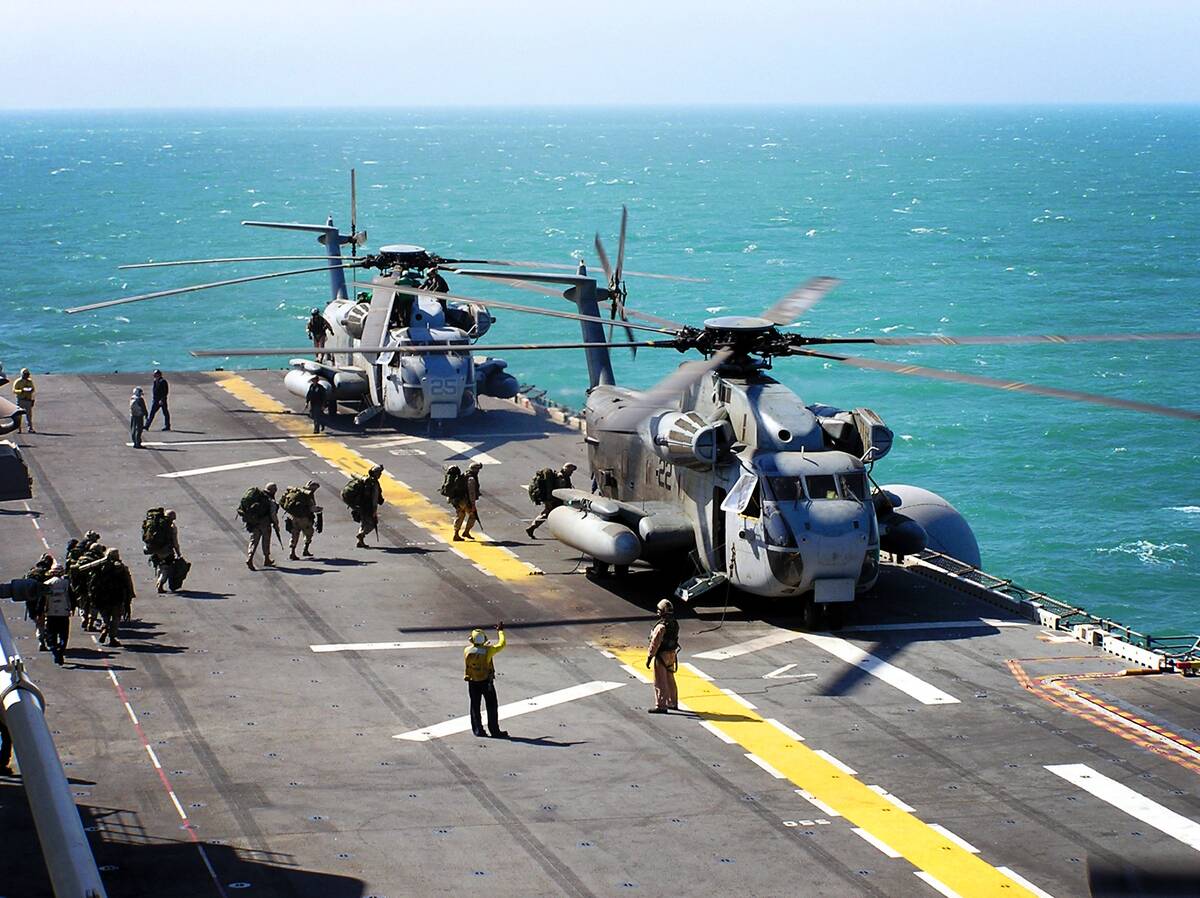
The Marine Corps Air-Ground Task Force (MAGTF) is a unique and flexible organization that integrates air, ground, and logistics forces. This structure enables Marines to conduct a wide range of operations, from humanitarian assistance to combat missions.
The MAGTF is divided into four core elements: Command, ground combat, aviation combat, and logistics combat. This cohesive approach allows for rapid deployment and adaptability, making the MAGTF an essential component of the Corps’ operational capabilities.
Famous Marines: From the Battlefield to Hollywood

Throughout history, numerous Marines have made a name for themselves both on and off the battlefield. Notable figures include baseball legend Ted Williams (pictured) and actor Gene Hackman, both of whom served with distinction.
These individuals exemplify the Marines’ ability to transition from military service to successful civilian careers, showcasing the values and leadership skills instilled during their time in the Corps.
The Marine Corps Emblem: Eagle, Globe, and Anchor
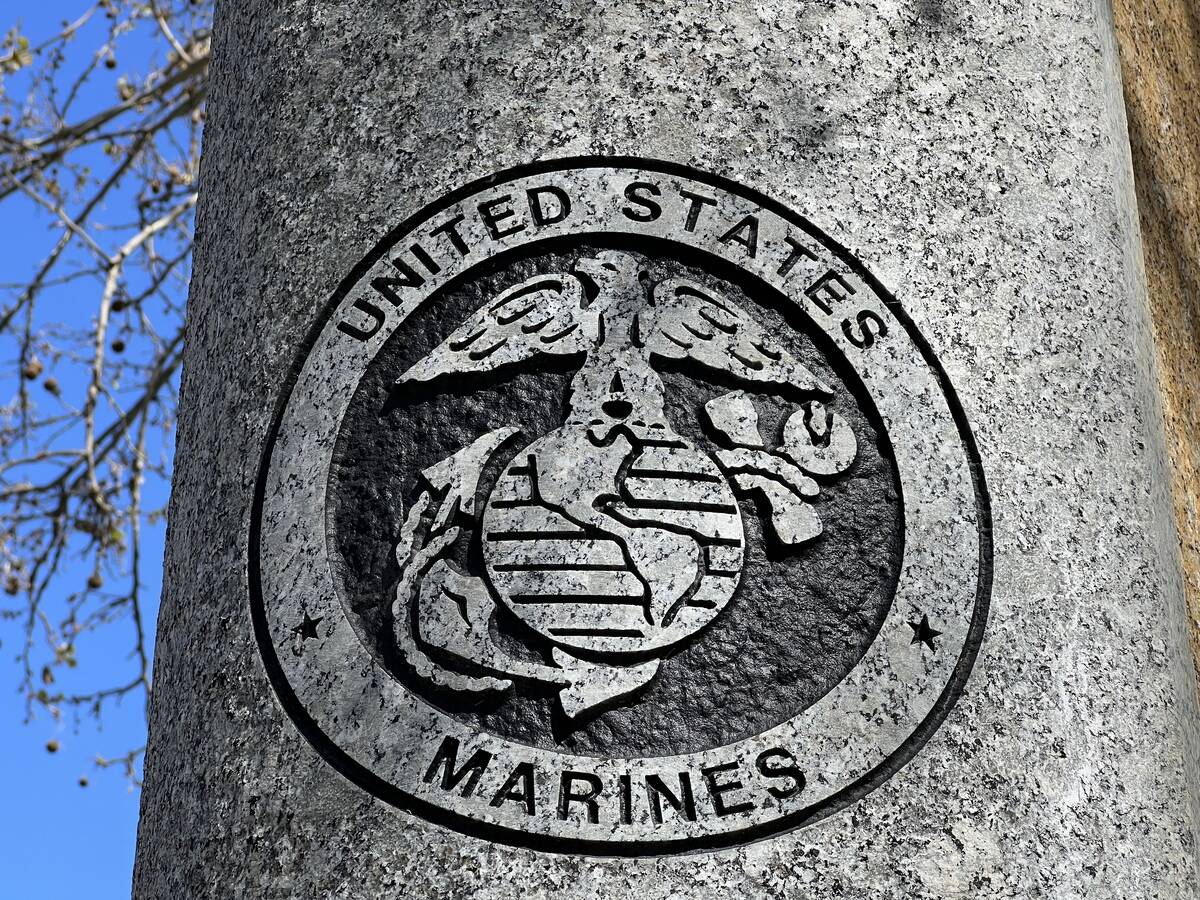
The Marine Corps emblem, featuring an eagle, globe, and anchor, is a symbol of pride and heritage. Adopted in 1868, the emblem represents the Corps’ readiness to serve on land and at sea.
The eagle signifies the United States, while the globe highlights the Marines’ global reach. The anchor reflects the Corps’ naval ties and amphibious capabilities. Worn with honor on uniforms, the emblem embodies the values of courage, commitment, and honor that define the Marine Corps.
Marine Corps Boot Camp: A Rite of Passage
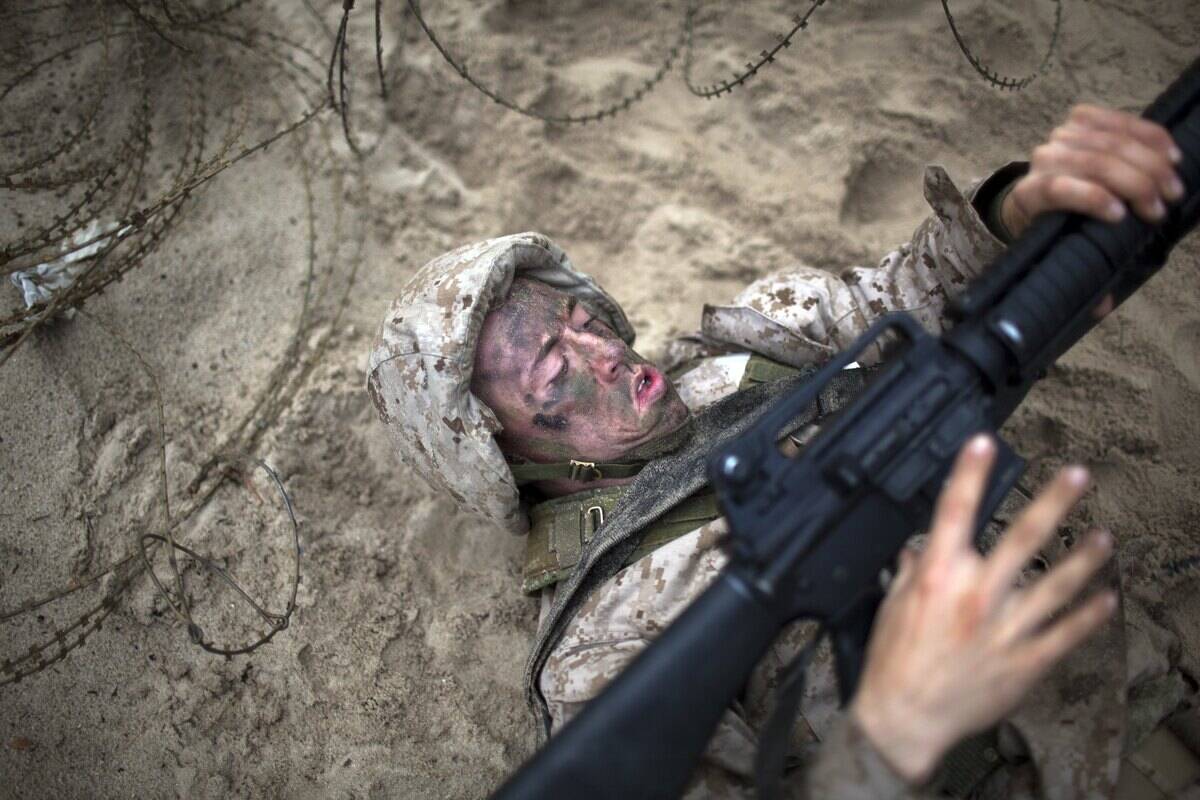
Marine Corps Boot Camp is famously challenging, pushing recruits to their physical and mental limits. Lasting 13 weeks, this intense training takes place at one of two locations: Parris Island, South Carolina, or San Diego, California. Recruits undergo rigorous physical training, weapons instruction, and combat drills.
The Crucible, a 54-hour field exercise, is the culmination of boot camp, testing endurance, teamwork, and leadership under pressure. Graduating from boot camp is a transformative experience, marking the transition from civilian to Marine.
Women in the Marine Corps: Breaking Barriers
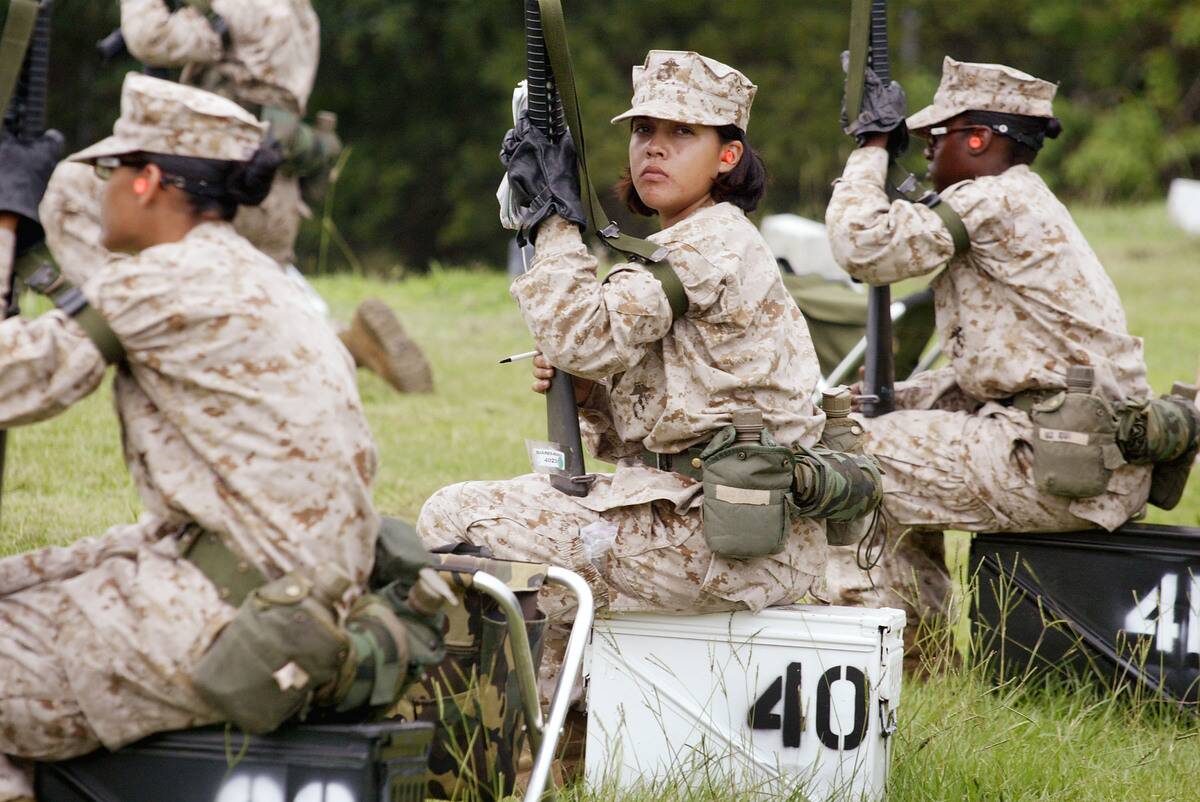
Women have been an integral part of the Marine Corps since 1918, when Opha May Johnson became the first woman to enlist. Over the years, women have continued to break barriers, serving in various roles, including combat positions.
In 2017, the Corps opened all combat jobs to women, marking a significant milestone in gender equality. Today, women Marines serve with distinction, contributing to the Corps’ mission and upholding its values, proving that courage and commitment know no gender.
Marine Corps Bases: A Global Presence
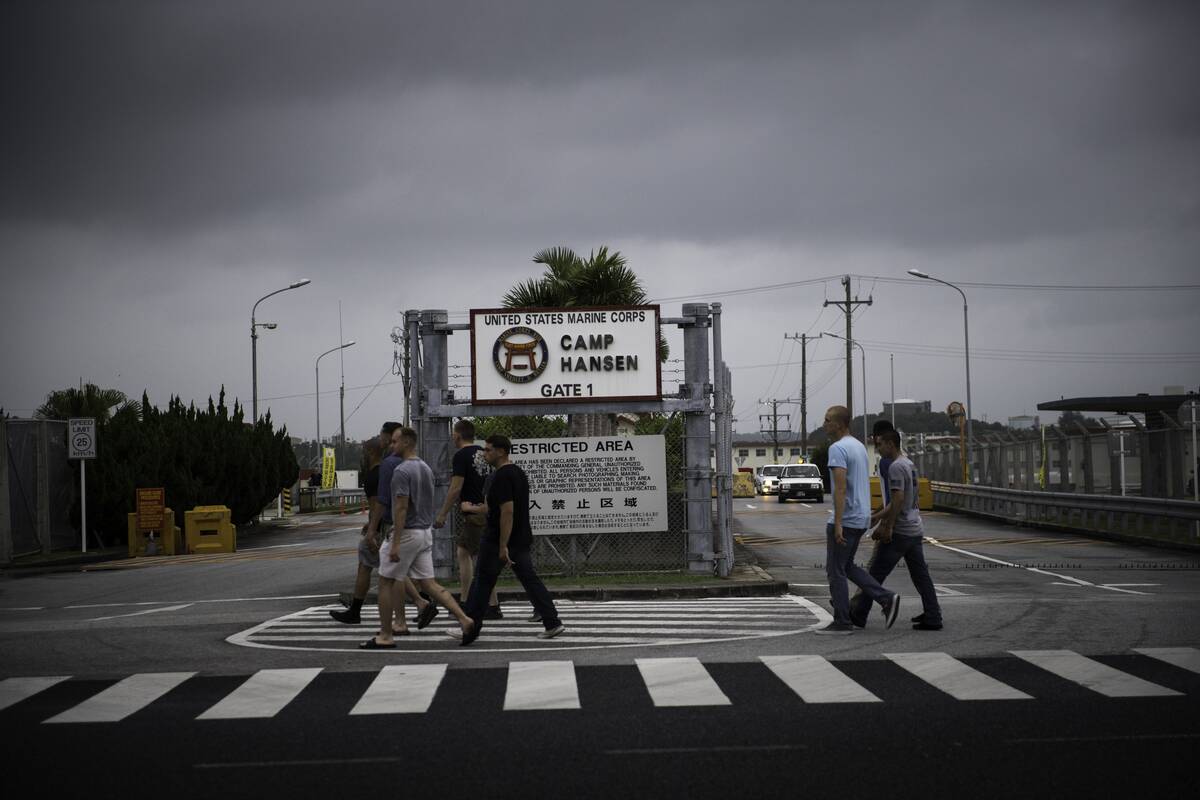
The Marine Corps maintains a global presence with bases strategically located around the world. Major bases include Camp Pendleton in California, Camp Lejeune in North Carolina, and Marine Corps Base Hawaii. Overseas, Marines are stationed in places like Camp Hansen in Okinawa, Japan.
These bases serve as hubs for training, logistics, and operational planning, ensuring Marines are ready to respond to crises anywhere. This global footprint underscores the Corps’ commitment to protecting U.S. interests worldwide.
Toys for Tots: Marines Spreading Holiday Cheer

The Toys for Tots program, founded by the Marine Corps Reserve in 1947, spreads holiday joy to children in need. Each year, Marines collect and distribute millions of toys across the United States, bringing smiles to countless young faces.
The program relies on generous donations from the public and the dedication of Marine volunteers. Toys for Tots exemplifies the Corps’ commitment to community service, showing that Marines are not only warriors but also compassionate stewards of goodwill.
The Marine Corps Band: Music with a Military Beat
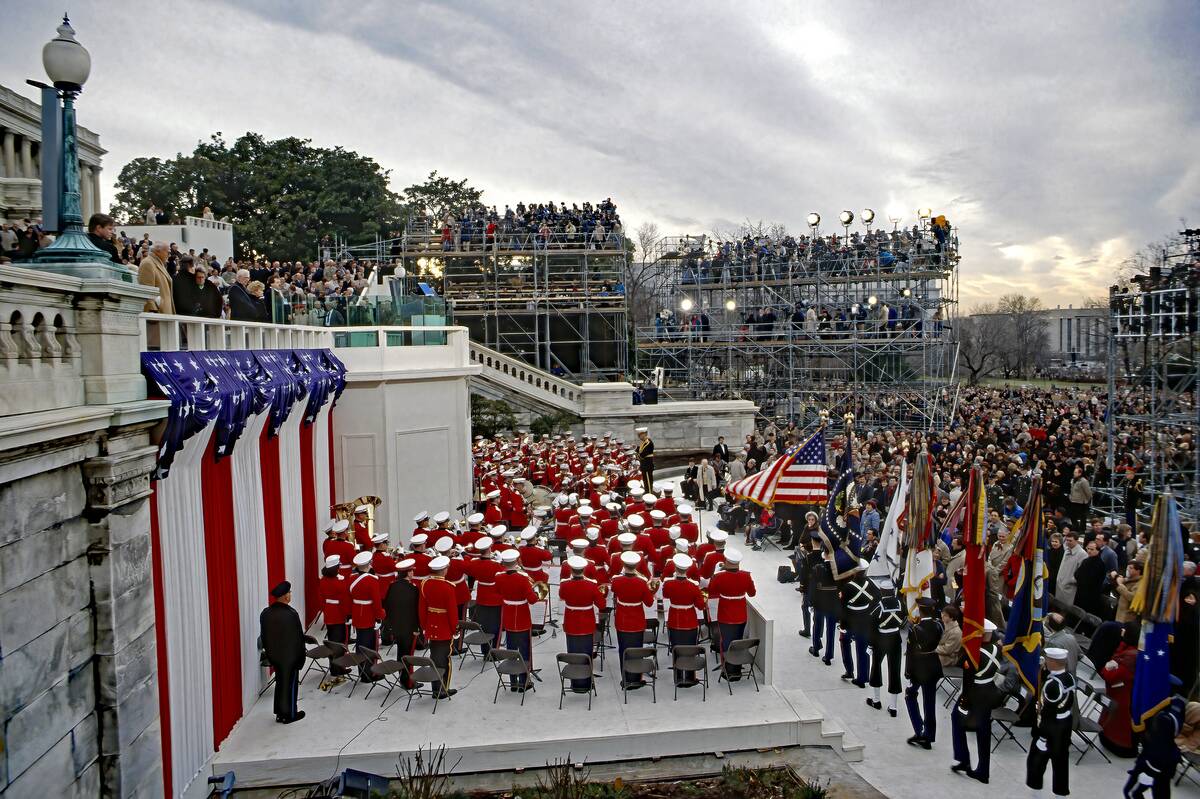
The United States Marine Band, known as “The President’s Own,” is the oldest continuously active professional musical organization in the country. Founded in 1798, the band has played at every presidential inauguration since Thomas Jefferson’s.
Renowned for its musical excellence, the band performs at state functions, public concerts, and ceremonies, promoting the Corps’ heritage and tradition. Its diverse repertoire ranges from classical to contemporary, showcasing the versatility and talent of its musicians, who uphold the highest standards of musical performance.
Marine Corps Martial Arts Program: Training Warriors
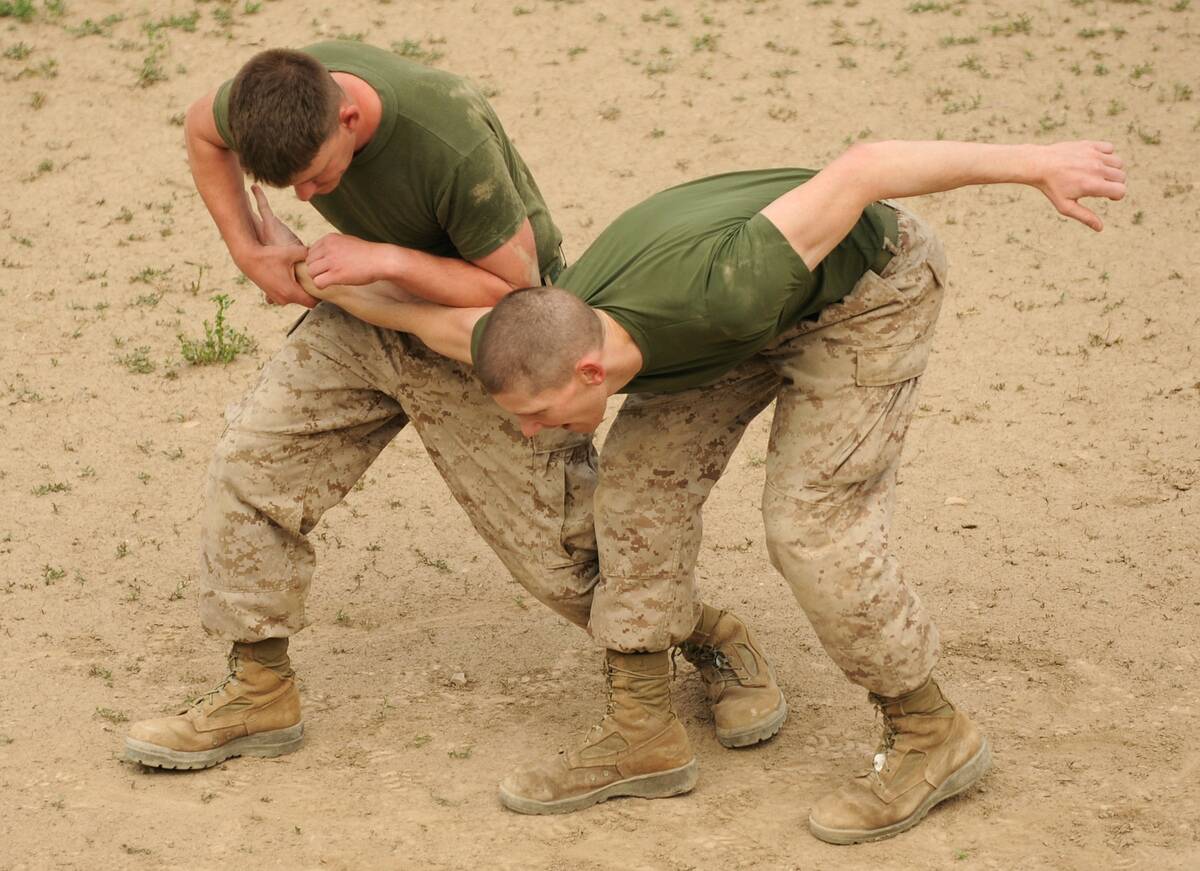
The Marine Corps Martial Arts Program (MCMAP) is a comprehensive combat training system that enhances Marines’ physical and mental resilience. Established in 2001, MCMAP incorporates various martial arts disciplines, focusing on hand-to-hand combat, self-defense, and weapons training.
The program emphasizes the development of character, promoting values such as honor, courage, and commitment. MCMAP is designed to prepare Marines for the rigors of combat, ensuring they are equipped with the skills and confidence needed to succeed in any situation.
The Role of the Marine Expeditionary Unit: Ready to Respond
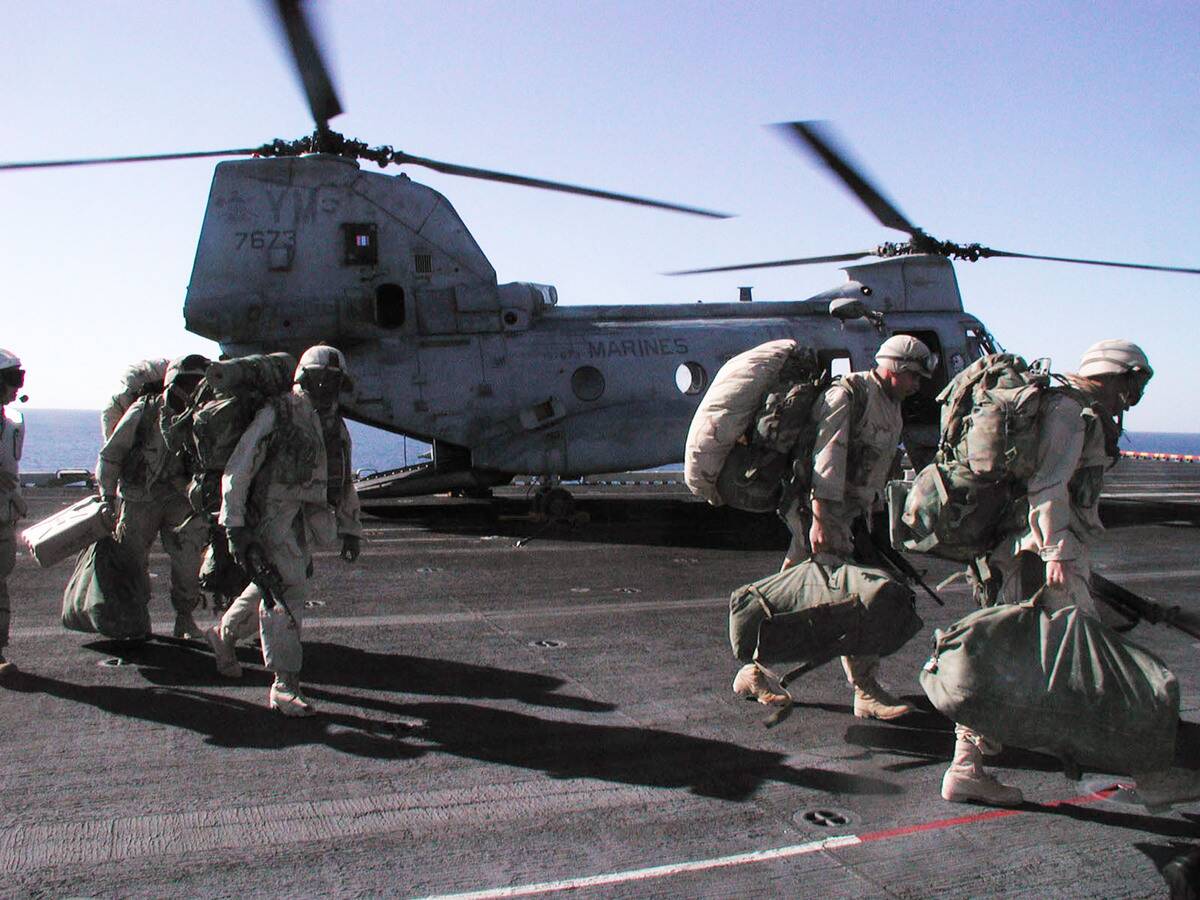
The Marine Expeditionary Unit (MEU) is a flexible and rapidly deployable force capable of conducting a wide range of missions. Each MEU consists of approximately 2,200 Marines and is self-sufficient, with its own air, ground, and logistics elements.
MEUs are often deployed aboard Navy ships, ready to respond to crises and contingencies worldwide. This unique capability allows the Corps to project power and provide humanitarian assistance, disaster relief, and combat operations, demonstrating the versatility and readiness of the Marine Corps.
Marine Corps and the Navy: A Unique Relationship
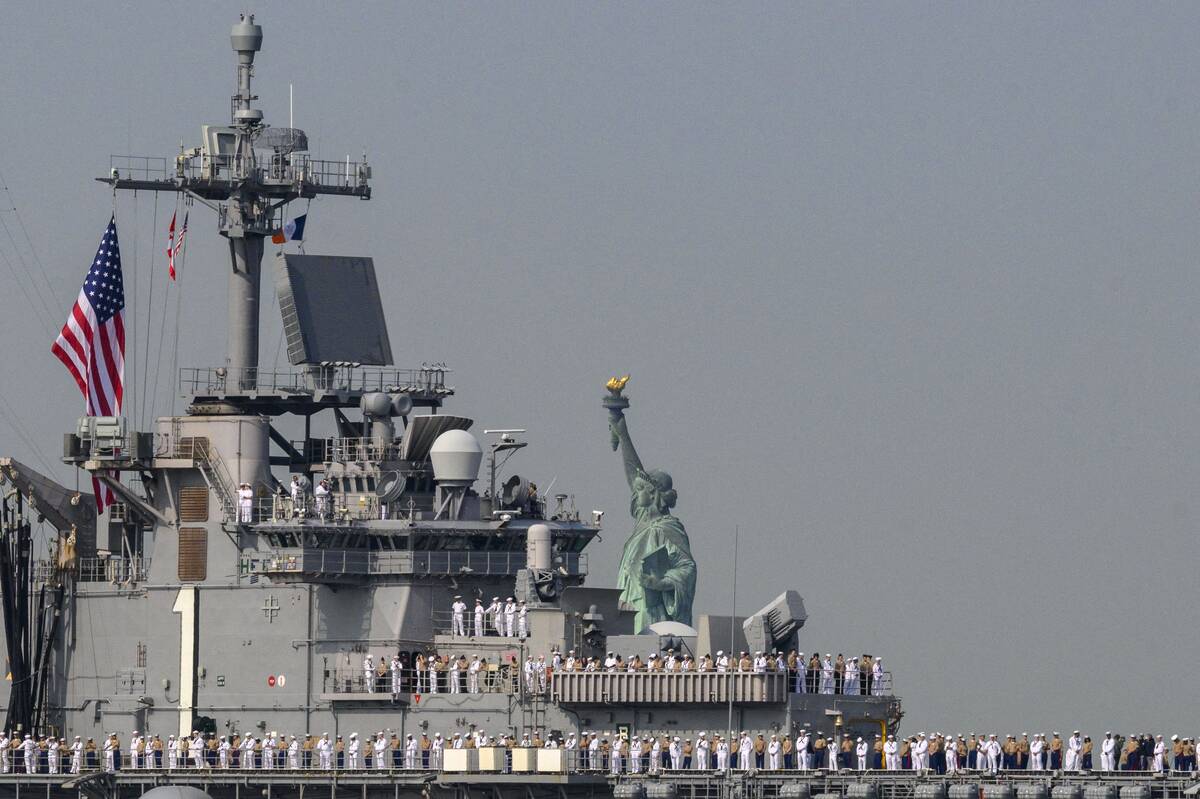
The Marine Corps and the Navy share a close and complementary relationship, rooted in their shared mission of maritime security. As part of the Department of the Navy, the Marines rely on naval vessels for transportation and logistical support.
This partnership enables the Marine Corps to project power from the sea and conduct amphibious operations. The synergy between the two branches enhances their collective capabilities, ensuring that they can effectively respond to global threats and protect national interests.
Marine Corps Memorials: Honoring the Fallen
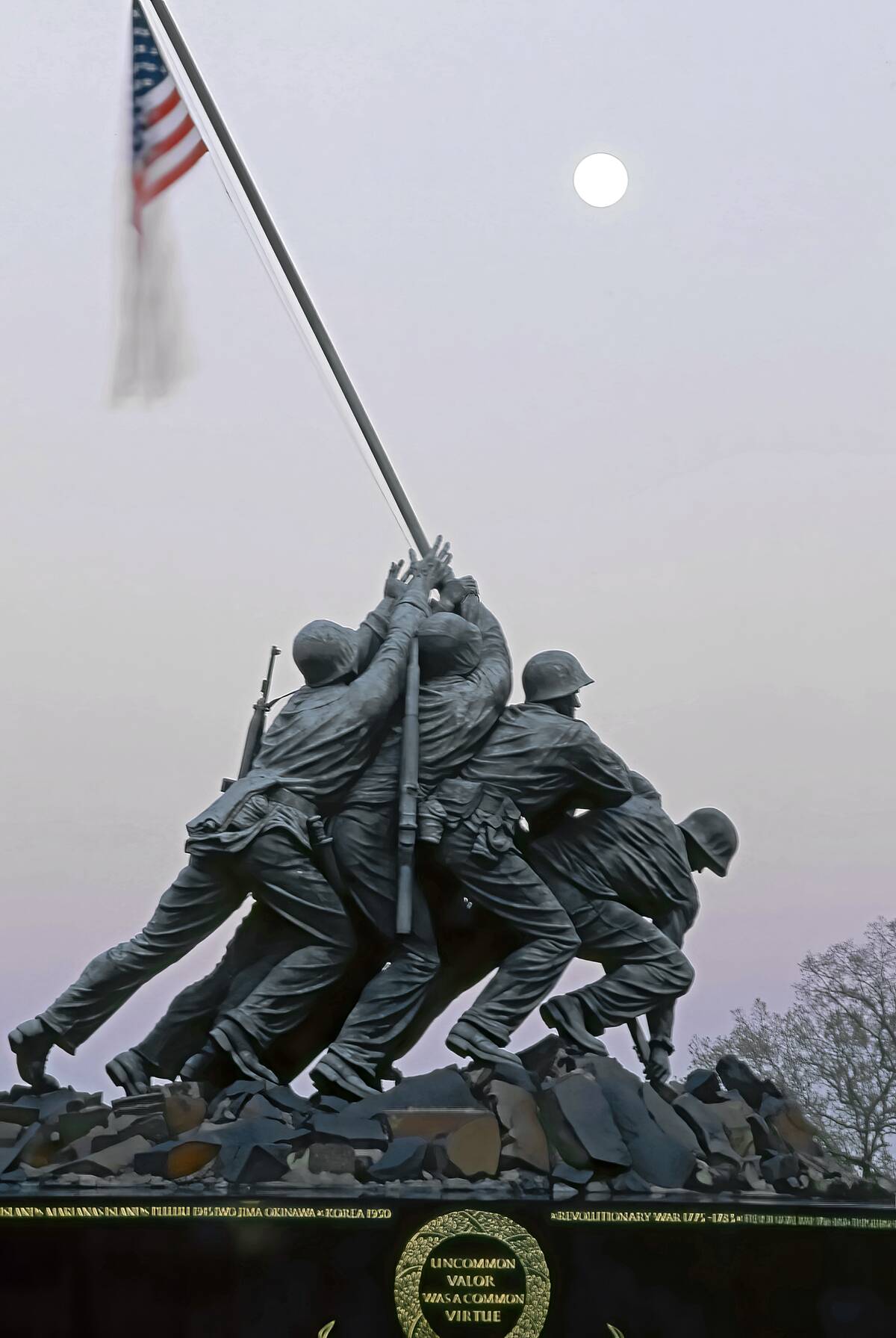
Marine Corps memorials across the United States pay tribute to the bravery and sacrifice of Marines who have served their country. The Marine Corps War Memorial in Arlington, Virginia, is perhaps the most iconic, depicting the raising of the flag on Iwo Jima during World War II.
These memorials serve as places of reflection and remembrance, honoring the courage and commitment of those who have given their lives in defense of freedom. They stand as enduring symbols of the Marine Corps’ legacy and the nation’s gratitude.




